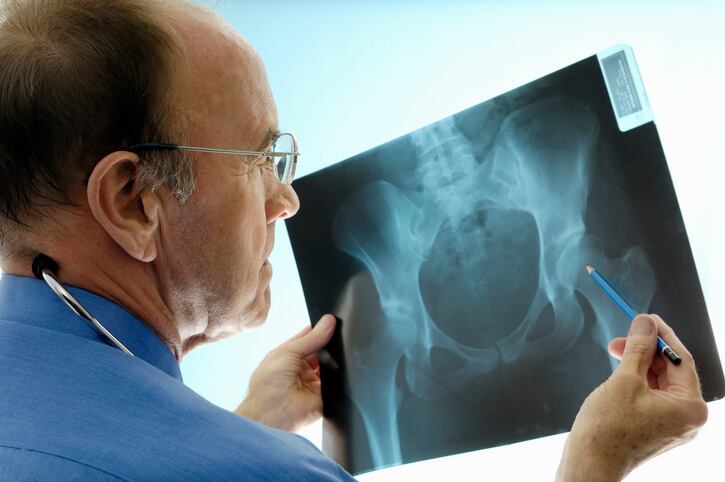Yesterday the New England Journal of Medicine published a study that took an ancillary look at data generated in the VITAL (Vitamin D and Omega-3) trial. VITAL was a two year study to see if vitamin D3 (2000 IU per day), n−3 fatty acids (1 g per day), or both would prevent cancer and cardiovascular disease in men 50 years of age or older and women 55 years of age or older in the United States.
Ancillary study: Vitamin D had no impact on fracture risk
The ancillary study looked at whether supplemental vitamin D3 would result in a lower risk of fractures than placebo in this group of subjects.
The new research was done by a team led by Dr Meryl LeBoff of Brighams and Womens Hospital in Boston. The study concluded that supplemental vitamin D3 played no role in preventing fractures in this older population.
No need for additional vitamin D?
The release of the research prompted an article by NYT health reporter Gina Kolata. She quoted Dr Clifford Rosen, MD, a senior scientist at the MaineHealth Institute for Research and an NEJM editor, as saying that this result combined with other recent research has led him to conclude that vitamin D supplementation is unwarranted. (Other medical professionals quoted in the article said they'd still continue to recommend vitamin D to patients.)
“I don’t believe any more in 600 units,” he said. “I don’t believe you should do anything.”
CRN: Cutting out vitamin D is bad public health policy
Andrea Wong, PhD, CRN’s senior vice president of scientific and regulatory affairs, said drawing that conclusion from the VITAL data might be jumping the gun, as the original study omitted some important factors.
“Vitamin D and calcium work in tandem to support bone health—calcium helps build and maintain bones, while vitamin D helps your body effectively absorb calcium. So, these secondary study results are not surprising since VITAL was designed to assess vitamin D supplementation alone and did not include or control for calcium supplementation and intake. It seems obvious that investigating one without the other would produce disappointing results,” she said.
In addition, Wong noted that the VITAL study looked at a generally healthy population who might be expected to suffer fractures only as a result of truly significant impacts. An accident, in other words, as opposed to a casual slip in the shower. Thus, the ancillary study’s conclusions don’t have much to say about the populations at greatest risk and who might derive the greatest benefit from vitamin D supplementation, those being individuals with suboptimal bone mass or who have crossed over into actual osteoporosis.
“The fact remains that vitamin D is an essential nutrient that supports numerous biological functions. Dietary studies have repeatedly shown many people still fall short of obtaining adequate levels of vitamin D and may be missing out on health benefits. The most recent Dietary Guidelines for Americans identifies vitamin D as a ‘nutrient of public health concern.’ Advising people to stop taking vitamin D supplements when natural food sources of this nutrient are scarce and sun exposure may not be feasible for those who are most vulnerable, is a disservice to public health,” Wong added.
Source: New England Journal of Medicine
DOI: 10.1056/NEJMoa2202106
Supplemental Vitamin D and Incident Fractures in Midlife and Older Adults
Authors: LeBoff MS, et al.

